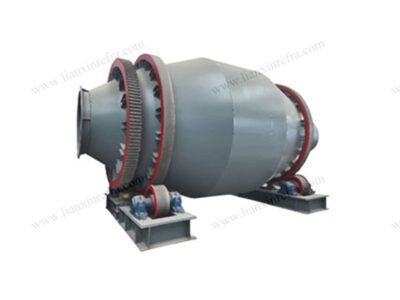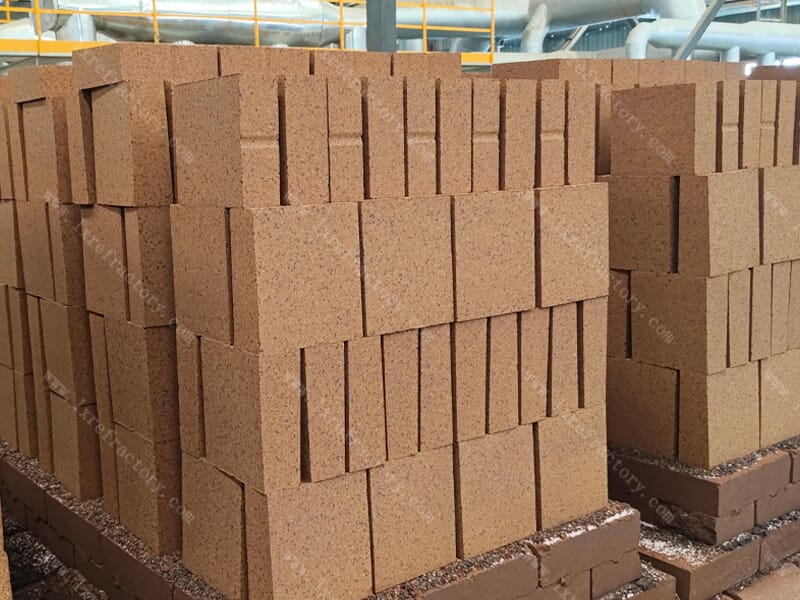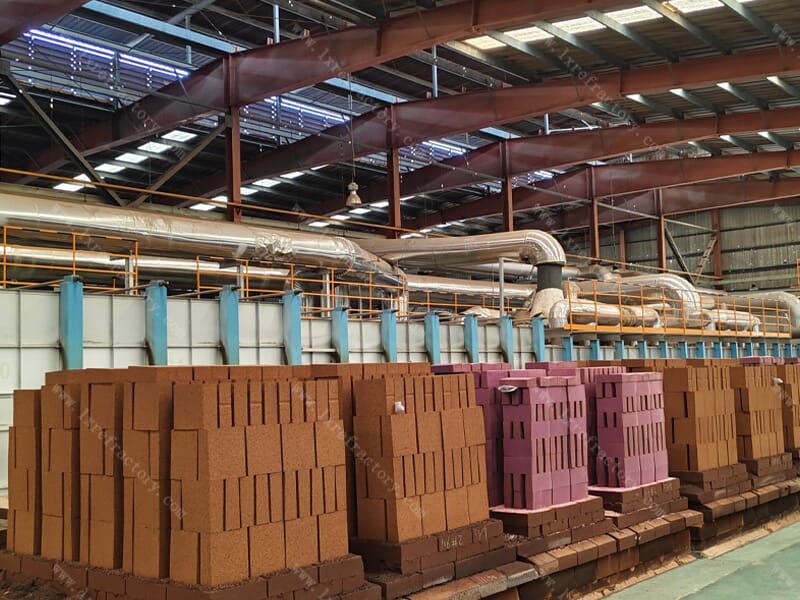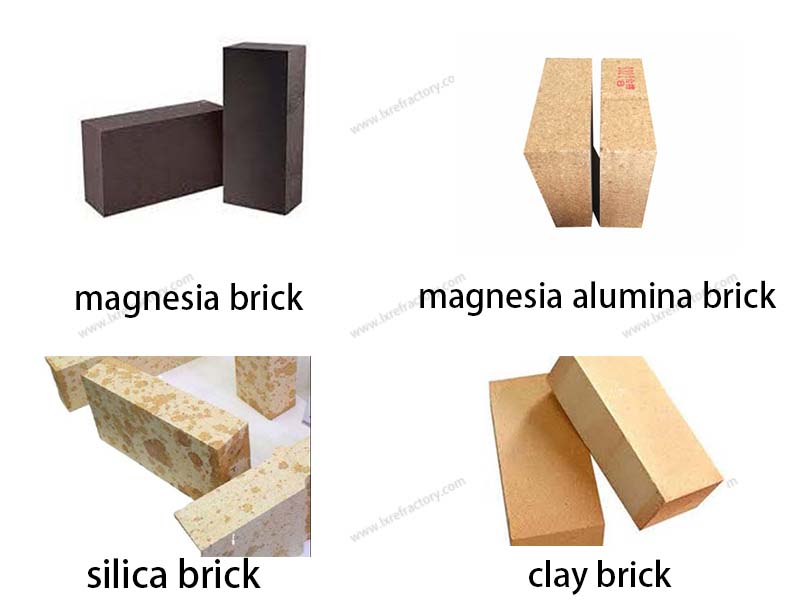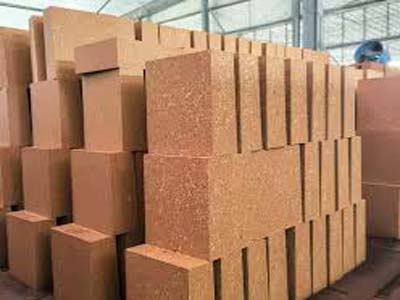The core purpose of fire bricks is to provide insulation, load-bearing capacity, and protection in high-temperature environments, and they are widely used in industrial settings requiring resistance to high temperatures, corrosion, or abrasion.

fire brick
Core Application Scenarios:
Metallurgical Industry: Used for furnace linings and walls in steelmaking and ironmaking equipment such as blast furnaces, converters, and electric furnaces, capable of withstanding temperatures above 1500℃ and the erosion of molten metal.
Building Materials Industry: Suitable for the linings of cement rotary kilns, glass kilns, and ceramic kilns, resisting high-temperature reactions and erosion of materials, ensuring stable kiln operation.
Petrochemical and Energy Industry: Used in the furnace linings and flues of boilers, heating furnaces, and pyrolysis furnaces, resisting high-temperature flue gas corrosion while also providing thermal insulation.
Other Special Scenarios: Critical components of high-temperature equipment such as waste incinerators, hot blast stoves, and non-ferrous metal smelting furnaces; some special refractory bricks can also be used in high-temperature experimental devices.
Different Application Focuses:
High-alumina bricks: High temperature resistance and strength, primarily used in blast furnaces, electric furnaces, and other scenarios requiring high heat resistance.
Clay bricks: Lower cost, suitable for lower-temperature areas such as flues and combustion chambers.
Magnesium-carbon bricks: Strong resistance to molten metal erosion, mainly used in steelmaking equipment such as converters and ladles.
Insulating refractory bricks: Low thermal conductivity, focusing on heat insulation, used for the outer layer of kilns or the insulation layer of high-temperature equipment.

